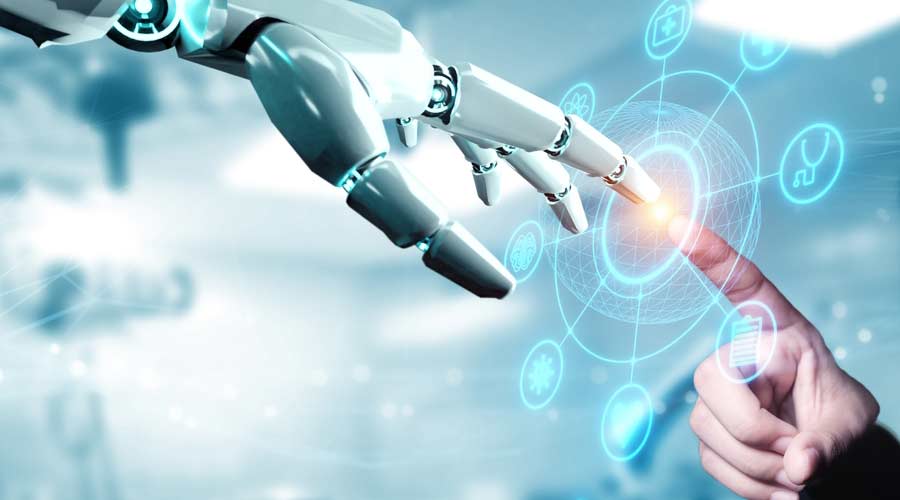
The service robotics market is set to grow by USD 48,788.55 million from 2022-2027, progressing at a compound annual growth rate (CAGR) of 22.75 percent. The report offers an up-to-date analysis regarding the current global market scenario, the latest trends and drivers, and the overall market environment. The increasing adoption of robotics in diverse application fields is a key factor driving market growth. Robots are used in a variety of industries, including automotive, healthcare, agriculture, food and beverage, and robotic surgery.
Robots are commonly used in production lines to help with tasks including automobile assembly, welding, and painting. Robots also improve the quality and precision of many operations while enhancing overall manufacturing efficiency.
Major Trends
• Strategic collaborations, partnerships, and mergers and acquisitions (M&A) are the major trends shaping the market.
• To get a competitive edge over other market competitors, service robot manufacturers are making efforts to strengthen their relationships with distributors and robot system integrators through partnerships and collaborations.
• The focus is on providing integrators with tools, such as certain software, along with information and support.
• This can help them to help them serve customers in a better manner.
• For example, ASEA Brown Boveri (ABB) supports its channel partners by providing them with training in the form of e-learning and webinars, backup support, sales, and technical support
Significant Challenges
• The high costs associated with robotic systems may restrict the market growth.
• The cost of robots is expected to rise further due to the launch of several new and advanced models of service robotics.
• As a result, middle-class consumers, especially in India, countries from Africa, and other developing countries are expected to limit the adoption of these robots.
• The regulatory standards in the US and Europe are very strict, which is a major challenge for the vendors.
• In addition, these regulations will also affect the international vendors who offer their products outside their region.
The market share growth by the professional robots segment will be significant during the forecast period. A semi- or completely autonomous robot that is meant to carry out commercial duties, excluding manufacturing processes, is referred to as a professional service robot. Furthermore, the advancement in machine learning, artificial intelligence, adaptive computing, and vision systems are also driving the market. The use of robots for business purposes is growing as the Robots-as-a-Service (RaaS) ownership model emerges. The demand for professional service robots is expected to increase during the forecast period due to advancements in 5G telecom services and AI processors.
For more insights, click here.

 The Down and Dirty on Cleaning in Virus Season
The Down and Dirty on Cleaning in Virus Season How Surfactant Use is Expanding in Commercial Cleaning
How Surfactant Use is Expanding in Commercial Cleaning